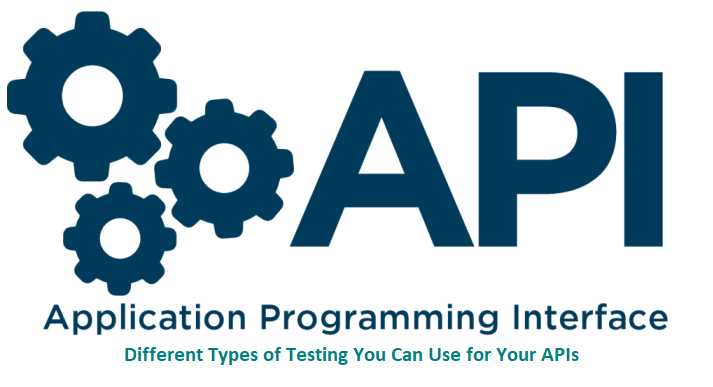One of the best practices for API (Application Programming Interface) development to which developers should always adhere is to always test their APIs. API testing fulfills three basic goals: validating the API, ensuring its implementation is correct, and rooting out any errors in its code. By fulfilling these three goals through rigorous testing, preferably by utilizing a comprehensive API testing tool, a developer can ensure that their API is a reliable product that works as advertised.
With that said, there are several specific tests that an API should undergo before being released to the public, both to ensure its functionality as well as its ability to perform under specific environments and stresses. The following is a list of those important tests.
Functional Testing
Functional testing is the type of testing that first comes to mind when the notion of “testing” is brought up. Essentially, it’s a test to see if the specific functions of the API work as designed. For example, if the API’s main function is to pull up product search results for an online shopping portal, then a functional test’s aim is to check if a proper input will yield relevant product listings. So if they were to enter “can of beans,” they should get back a list of canned bean products.
Another version of this test is the “negative” functional test, which is performed to discover how well the API is able to manage erroneous inputs. Therefore, if the tester were to enter something irrelevant, such as random numbers or song lyrics, then it should be able to quickly return an error notification describing the wrong input.
Load or Stress Testing
Load testing is the type of test that exposes the API to two specific amounts of traffic: the regular amount that it is expected to experience in a typical day of operation and the theoretical maximum traffic it may encounter during peak periods of activity. This test is done to check whether the API performs well under its expected workload, as well as to ensure that measures are in place to safely regulate a large number of requests while continuing to operate.
A load test is usually concluded with an “overload” test, where the API is then subjected to its theoretical maximum traffic, plus a 20% additional load. The purpose of this is to push the API to its breaking point and see if it displays the corresponding error or failure code as it’s designed.
Runtime Testing
This type of test involves carefully monitoring the API as it runs in its intended implementation. It is performed to discover any serious issues that may arise while the API’s codebase is in use during normal operating scenarios. Examples of such issues include execution errors, resource leaks, and other types of faults. Moreover, the API is also put through scenarios that are known to trigger a failure state and see if the errors that would result are adequately handled.
Security Testing
Security testing is a type of testing that checks to see if any part of the API, from its code and functions to the way it’s implemented, has any security flaws or vulnerabilities that can be exploited maliciously. Hackers and cybercriminals are always on the search to “crack” applications, websites, and web services. Knowing this, it is very reasonable to assume that any API released to the public will also be subjected to such attacks. Security testing identifies these flaws for the developer to patch them out.
Penetration Testing
Similar to security testing, penetration testing is a way for developers to check their API for security issues. The difference here is that the tester takes on the role of the attacker and attempts to hack into the API by targeting its functions or implementation. This gives the developer a chance to see how their API fares during what is essentially a worst-case security scenario. Afterward, they can make adjustments using the tester’s approach and findings.
Fuzz Testing
Yet another test that is similar to the previous two, fuzz testing tries to “break” the API and elicit a negative response. However, instead of attempting to exploit the API’s functions or code, this type of testing simply bombards the API and its system with large amounts of random gibberish data, or “fuzz”, intended to trigger a forced crash or overflow. The aim of this test is to see how the API responds to this abuse and if the proper error notifications will be displayed.
Rigorously testing APIs before release is essential
While it’s true that today’s IT industry thrives on efficient development and quick turnaround times, rigorous and repeated testing of software such as APIs should never be neglected even in the interest of keeping to a deadline. This is because it is only with tests such as those listed above that any developer can guarantee that their code is functional and secure against malicious actors. Fortunately, there are many testing tools and platforms like that on Stoplight that you can use for this purpose.
Whether you develop APIs as a hobby or in a professional capacity, consider carrying out the above before releasing a public build. The time investment will be worth the headaches you’ll avoid in the future.




Leave Comment